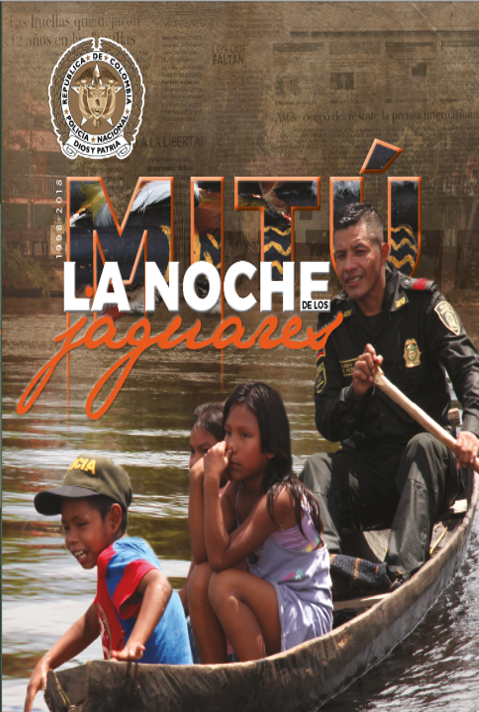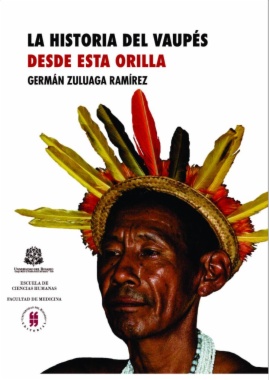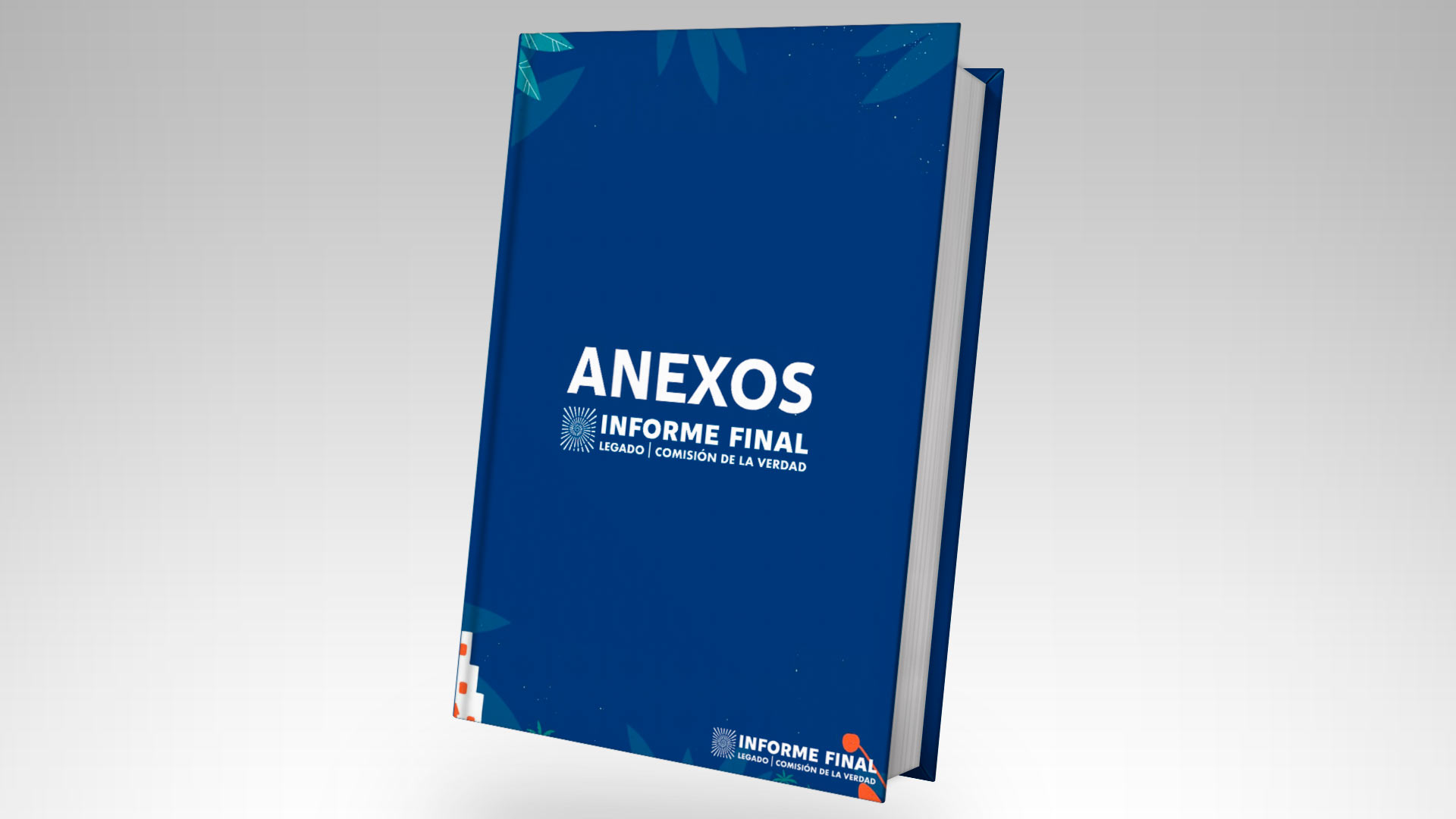Por:
Comisión para el Esclarecimiento de la Verdad la Convivencia y la No Repetición
|
Fecha:
2022
La Dirección de Pueblos Étnicos desarrolló una sección de quince casos de profundización étnicos, entre ellos 6 de pueblos indígenas, y uno interétnico que documentan cómo el conflicto armado tuvo un fuerte componente étnico y racial, que jugó un papel importante en los daños individuales y colectivos ocasionados a los pueblos étnicos. Igualmente dan cuenta de las resistencias de estos pueblos. Estos daños están relacionados con varios elementos y violencias de larga duración, como el racismo estructural, el trato colonial, la responsabilidad del Estado colombiano por omisión o acción, la falta de garantía de los derechos humanos de los pueblos étnicos, el riesgo de exterminio físico y cultural, los señalamientos y persecuciones contra sus formas de vida, los ciclos continuados de ocupación, despojo, desterritorialización y militarización de sus territorios, la estigmatización y persecución de sus liderazgos, el exilio y las prácticas que sometieron a degradación las vidas de miles de integrantes de comunidades étnicas del país.






